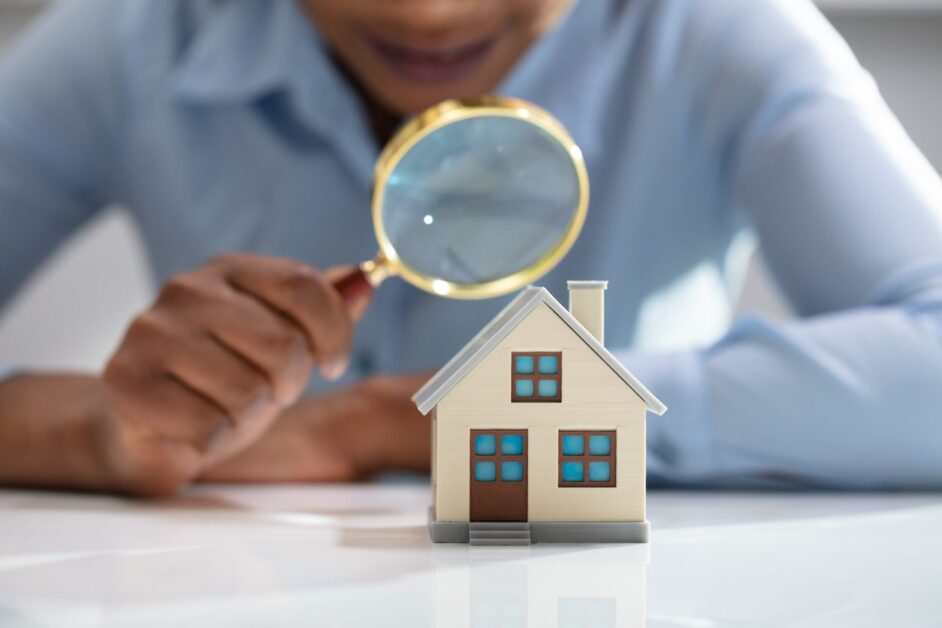The real estate market is constantly evolving, and 2026 is shaping up to be an interesting year for new homebuyers. From energy efficiency to modern amenities, buyers are seeking homes that offer comfort, sustainability, and long-term value. Whether you’re a first-time buyer or looking to upgrade your current living situation, understanding the latest trends and features can help you make a smart investment. This guide highlights what to look for in 2026 and how to navigate the uncertainties of the market.
Navigating Market Uncertainty
Buying a home is one of the biggest financial decisions most people make, and many prospective buyers are feeling uncertain about the current market. In fact, 60% of current homeowners and prospective buyers say they can’t tell whether now is a good time to buy a home or not. This ambiguity is often fueled by fluctuating interest rates, evolving housing prices, and economic uncertainty. To make informed decisions, it’s essential to focus on the features and trends that will deliver long-term value and enhance your quality of life, rather than trying to time the market perfectly.
Working with a trusted real estate agent, keeping an eye on interest rates, and assessing your personal financial situation are all critical steps. By focusing on homes with features that align with your lifestyle and long-term needs, you can mitigate some of the stress associated with uncertain market conditions.
Energy Efficiency and Sustainable Features
One of the most prominent trends in 2026 is energy-efficient construction. Buyers are increasingly prioritizing homes that help reduce utility costs and minimize environmental impact. Metal roofing is a standout in this area, offering durability and energy efficiency that traditional asphalt shingles can’t match. Metal roofs can save homeowners up to 40% in energy costs annually, making them a smart choice for anyone looking to reduce expenses and increase a home’s sustainability. In addition, metal roofs are highly durable, resistant to extreme weather, and often require less maintenance than traditional roofing materials, making them a long-term investment in both value and comfort.
Other energy-efficient features to consider include advanced insulation, energy-star-rated appliances, low-flow water fixtures, and smart home technologies that optimize heating, cooling, and lighting systems. Homes with these features not only reduce your carbon footprint but can also significantly lower monthly utility bills.
Outdoor Amenities and Lifestyle Features
Outdoor living continues to be a major selling point for new homebuyers. Patios, decks, and landscaped gardens are highly sought-after, providing space for relaxation and entertaining. Pools remain popular, but buyers should be aware of the ongoing costs associated with pool ownership. The average pool owner spends between $3,000 and $6,000 every year in maintenance fees, including chemicals, cleaning, and repairs. While pools can increase a home’s appeal and offer luxury lifestyle benefits, it’s important to weigh the enjoyment factor against long-term costs.
Alternatives to traditional pools, such as plunge pools, hot tubs, or water features, may offer similar aesthetic appeal without the high maintenance. Additionally, investing in outdoor lighting, shade structures, and weather-resistant furniture can enhance the functionality and comfort of your outdoor spaces.
Flexible and Functional Interior Spaces
With remote work continuing to be a significant part of many households, homebuyers are seeking flexible interior spaces that can accommodate work, learning, and leisure. Multi-purpose rooms that can function as offices, guest rooms, or workout areas are highly desirable. Open floor plans remain popular, allowing for natural light flow and adaptability, but buyers are also increasingly interested in privacy options for home offices and quiet zones for productivity.
Storage solutions are another critical factor. Homes with ample built-in storage, walk-in closets, and organized utility spaces make day-to-day living more convenient and contribute to a cleaner, clutter-free environment. A home that supports a well-organized lifestyle can reduce stress and improve overall satisfaction, making it a smart feature for long-term living.
Smart Home Technology
Technology continues to transform the homebuying landscape. In 2026, smart home features are no longer considered luxuries—they’re expectations. Integrated security systems, programmable thermostats, smart lighting, and voice-activated devices enhance convenience, safety, and energy efficiency. Buyers are also gravitating toward homes with pre-installed network wiring, home automation hubs, and smart appliances that streamline daily routines.
Smart home technology doesn’t just improve convenience; it can also increase property value. Homes with modern tech infrastructure are attractive to buyers who want a move-in-ready experience and anticipate lower utility costs. Investing in a property with smart features can also future-proof your home for evolving technology trends.
Location and Community Considerations
While the home itself is important, location remains a critical factor for long-term satisfaction and resale value. Buyers in 2026 are looking for neighborhoods that offer access to amenities, quality schools, and safe, walkable streets. Community features such as parks, recreational facilities, and social engagement opportunities are increasingly valued, especially as more people seek work-life balance in a home-centered lifestyle.
Proximity to transportation, healthcare, and shopping centers is also crucial. Even in an era of remote work, ease of access to essential services adds convenience and can positively impact property values over time. Evaluating these factors alongside the home’s features ensures that you are investing in a lifestyle as much as a property.
Buying a home in 2026 requires careful consideration of both current trends and long-term value. Energy efficiency, flexible and functional spaces for remote work, and thoughtful outdoor amenities are all must-have features. Buyers should also be mindful of ongoing maintenance costs, like those associated with pools, and prioritize homes that balance lifestyle benefits with financial practicality.








